What are Assembly Lines?
Assembly lines are a type of production layout where a product is assembled in a sequential manner from one workstation to another. Each workstation is designed to perform a specific set of tasks, and the product moves along the line, receiving additional components and assembly work at each stage until it is completed. This innovative approach to manufacturing revolutionized the industry in the early 20th century with its introduction by Henry Ford, leading to mass production and making goods more accessible to the general populace.
The concept is primarily utilized in industries where large quantities of a product must be produced efficiently and consistently. An assembly line enhances productivity by dividing labor into simple, repetitive tasks that can be performed quickly and often by specialized machinery or workers with targeted skills. The principles of an assembly line are grounded in time efficiency, standardization, division of labor, and often rely on automation to streamline processes further.
Assembly lines are suitable for businesses looking to scale their production capabilities. They cater to sectors such as automotive, electronics, food processing, and consumer goods manufacturing, among others. By implementing an assembly line, companies can minimize production time, reduce labor costs, improve product uniformity, and ultimately increase their output rate.
Types of Assembly Lines
The industrial landscape features various types of assembly lines, each tailored to accommodate different manufacturing requirements and product types. The common types of assembly lines include:
Linear Assembly Line: The most traditional form where workstations are arranged in a straight line and products move from start to finish in a linear path. It is commonly used for large and complex products like automobiles.
U-Shaped Assembly Line: Designed to conserve space and improve communication among workers as they are positioned facing each other across the line. It's practical for smaller operations like electronics assembly.
Modular Assembly Line: This layout allows for greater flexibility as modules can be easily added or removed to adapt to different products or changes in demand. It's often seen in consumer goods manufacturing that requires seasonal or design variations.
Automated Assembly Line: Predominantly reliant on robots and machinery, this type is ideal for high-volume production with minimal variation, such as in food packaging or plastic injection molding processes.
How to Choose Assembly Lines
Selecting the right assembly line for your business involves careful consideration of several factors:
Product Complexity: Evaluate the intricacies of the product you intend to manufacture. Products requiring numerous complex assembly steps might benefit from a modular or U-shaped line for better access and flexibility.
Volume Requirements: Assess your production volume needs. High-volume manufacturing might necessitate an automated assembly line for efficiency and consistency.
Space Constraints: Consider the amount of space available within your facility. A U-shaped assembly line might be more space-efficient than a linear one.
Workforce Skills: Determine whether your workforce is skilled enough for manual tasks or if you would need an automated line that requires less manual intervention.
Investment Capacity: Analyze your budget as automated lines can be capital intensive upfront but may offer long-term savings through increased productivity and reduced labor costs.
Best Assembly Lines on Alibaba.com
Alibaba.com stands out as a global marketplace that connects businesses with a vast array of suppliers offering customizable assembly line solutions. Whether you're setting up a new manufacturing plant or upgrading an existing facility, Alibaba.com provides access to cutting-edge technology and diverse machinery options that can be tailored to meet your specific production needs.
With suppliers from all over the world, customers can find assembly lines designed for various applications, ensuring compatibility with their industry requirements. The comprehensive selection encompasses everything from basic conveyor systems to sophisticated automated lines equipped with the latest robotics technology. Moreover, Trade Assurance on Alibaba.com enhances buyer confidence by safeguarding payments until delivery is confirmed satisfactory.
Additionally, Alibaba.com's user-friendly interface simplifies the process of finding suppliers who can cater to local service locations across numerous countries, ensuring that businesses receive relevant support and services without geographical limitations. The platform's emphasis on quality assurance and supplier reliability translates into a trustworthy shopping experience for companies aiming to bolster their production capabilities efficiently.
Common FAQs for Assembly Lines
What are the key advantages of implementing an assembly line in production?
Assembly lines can significantly improve production efficiency and output by establishing a systematic workflow, reducing labor costs, and enhancing product consistency through standardization and specialization of tasks.
How does an assembly line differ from a traditional workshop production method?
An assembly line is characterized by a sequential flow of operations, with each workstation performing specific tasks, whereas traditional workshop production often involves crafting products individually or in small batches, with workers completing multiple tasks on a single item.
What factors should be considered when designing an assembly line for a manufacturing plant?
Key considerations include product design, complexity, volume requirements, available space, workforce skills, investment capacity, and the potential need for future scalability or reconfiguration.
Can assembly lines handle product customization?
Yes, modular assembly lines are particularly adept at handling product variations and customization by allowing for modules to be quickly swapped or reconfigured to accommodate different product designs.
Are automated assembly lines suitable for all industries?
Automated assembly lines are best suited for industries with high-volume production needs and minimal product variation. They might not be cost-effective for low-volume or highly customized production scenarios.
What support services are typically provided for assembly line installations?
Suppliers may offer various after-sales services such as video technical support, online support, field maintenance and repair services, and engineers available to service machinery overseas.
How can an assembly line improve product quality?
By standardizing the production process and utilizing specialized equipment or skilled labor at each stage, an assembly line can enhance precision and consistency, leading to improved overall product quality.
What types of materials are commonly used in the construction of assembly lines?
Common materials used in assembly line construction include steel, stainless steel, aluminum, aluminum alloy, and cold rolled steel due to their strength, durability, and suitability for industrial use.
What are some common features of modern assembly lines?
Modern assembly lines may feature components such as PLCs (Programmable Logic Controllers), high-efficiency motors, and various mechanisms like conveyors or robots, designed to be heat resistant, oil resistant, eco-friendly, and tailored to specific industry needs.
How can businesses ensure they are choosing the right type of assembly line for their application?
Businesses should evaluate their product specifications, production volume goals, operational space, budget constraints, and workforce capabilities to select the most appropriate type of assembly line that aligns with their manufacturing objectives.
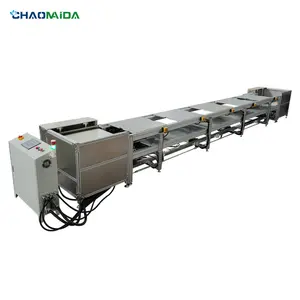













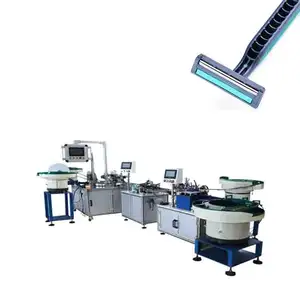

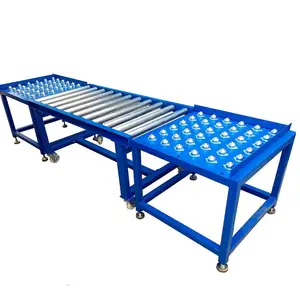
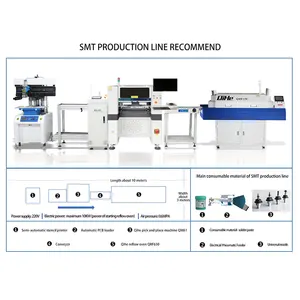

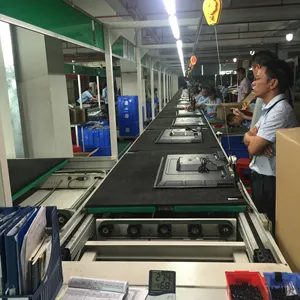

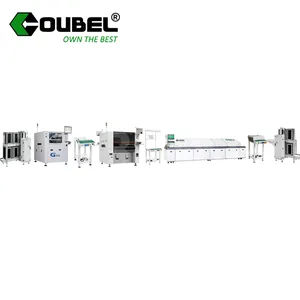



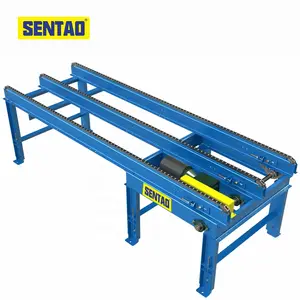

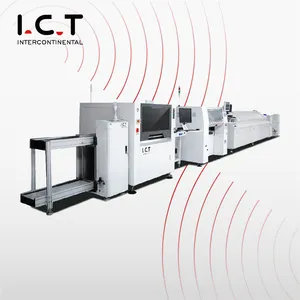


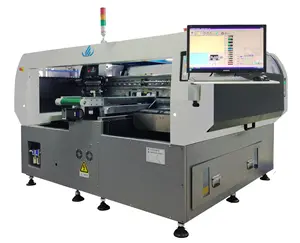
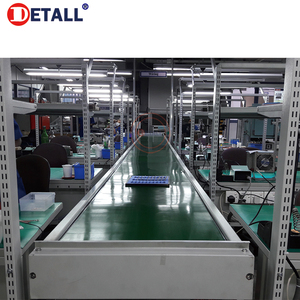








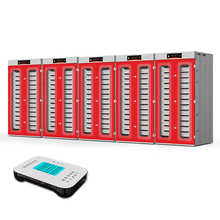
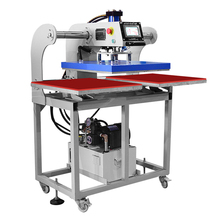
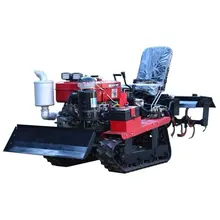

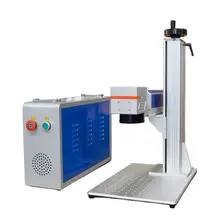































 浙公网安备 33010002000092号
浙公网安备 33010002000092号 浙B2-20120091-4
浙B2-20120091-4